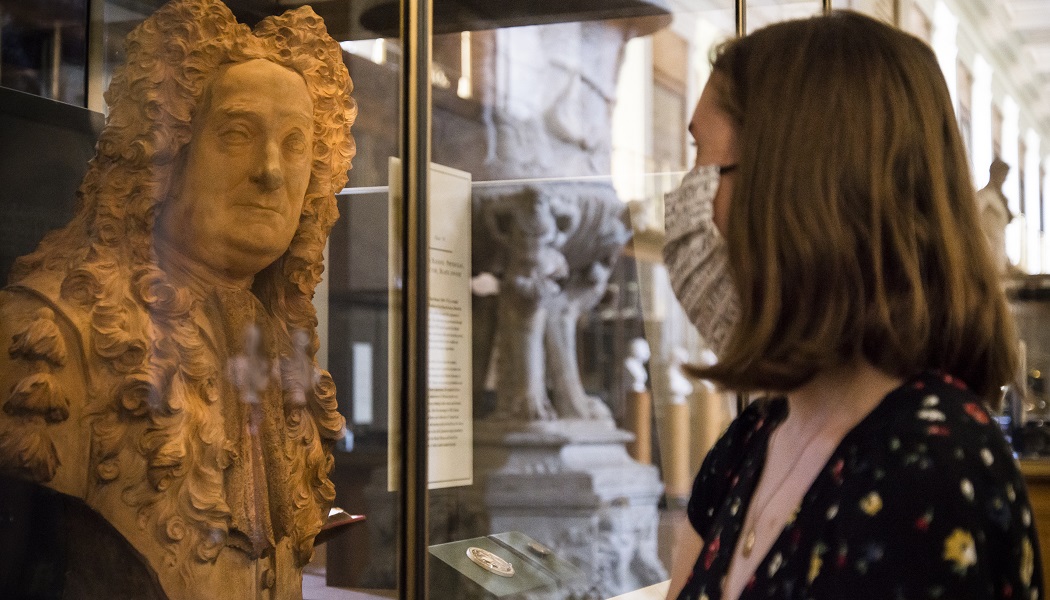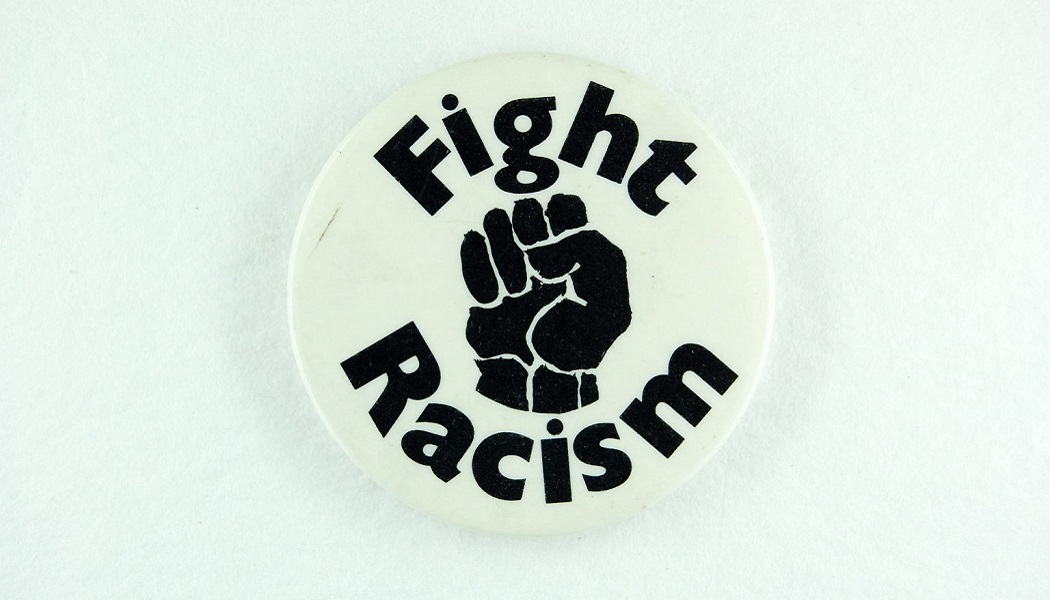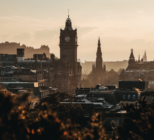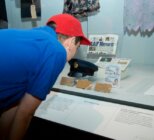2020 will inevitably be remembered as the year a pandemic engulfed the world. If Covid-19 hadn’t come to dominate all aspects of existence, however, the last eight months may well have belonged far more exclusively to the Black Lives Matter movement.
Events such as the toppling of Edward Colston’s statue into Bristol Harbour and the British Museum redisplaying the bust of its founder, Sir Hans Sloane, have punctuated a summer in which the heritage sector has been put under the microscope for its record on institutional racism, diversity and inclusion.
The most recent Arts Council England diversity report painted a “disappointing picture”, according to chair Nicholas Serota, with figures for non-White people occupying senior roles lagging behind other industries.
Arts Council England diversity report reveals “disappointing picture”
One direct offshoot from this year’s intense discussion of museums’ duty to change was the publication of a Black Lives Matter Charter by arts charity Culture&. The resource was not launched immediately after George Floyd’s death – unlike the plethora of museum statements expressing solidarity with the Black community – but after several weeks of consultation.
“The reason we didn’t react immediately was that we knew it needed a considered response,” explains Dr Errol Francis, artistic director and CEO of Culture&. This approach was not the sector norm, with many museums falling into the trap of issuing what Francis labels “knee jerk” responses.
“I actually think in some ways the institutions that didn’t speak were being more honest,” he tells Advisor. “The ones that did speak, you couldn’t reconcile their statements with their records on repatriation or employment. Making the statements drew attention to the museums’ failures on these matters.”
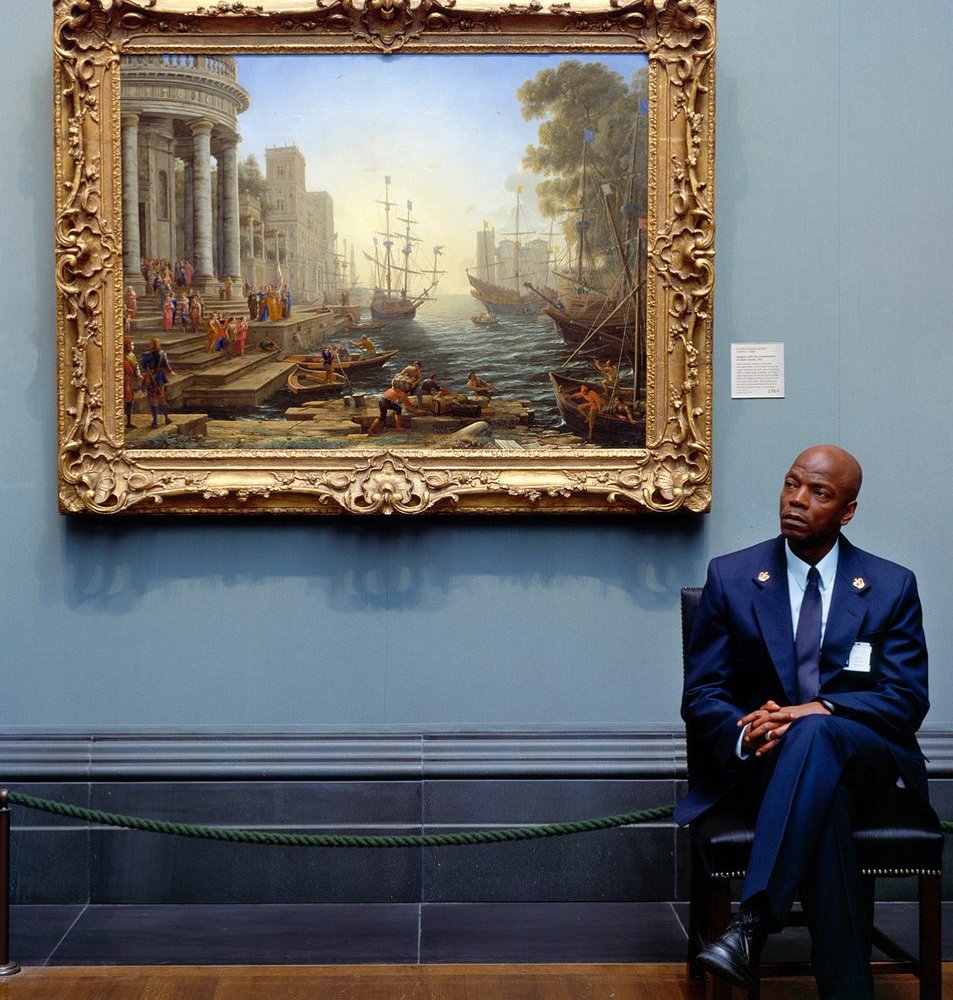
One post which drew an especially high level of ire came from British Museum director Hartwig Fischer. While the institution was lambasted on social media for its statement which claimed to be “aligned with the spirit and soul of Black Lives Matter everywhere”, Professor Dan Hicks was struck most by the organisation’s lack of preparedness for such a backlash.
“I do think the people who wrote that statement and many across the museums sector were surprised that you could put something like that out and immediately the public would link it to restitution. The British Museum has fought to situate itself at the centre of debate about world culture. Therefore, what happened when they put out that statement was that the reaction came from the whole world.”
The curator of world archaeology at the Pitt Rivers Museum is keen to emphasise that, despite being emblematic of the sector’s problems in this case, the British Museum is in no way out of the ordinary. “My institution is as equally to blame as any other. We haven’t done enough; we haven’t previously thought enough about the histories from which these artefacts were extracted.”

The British Museum, Oxford’s Pitt Rivers Museum and several other UK sites host controversial Benin Bronzes acquired in a brutal looting tantamount to genocidal violence, according to Errol Francis. “It’s abundant, it’s shocking and distressing to read the accounts from 1897 of how the British came by those objects,” he says.
Dan Hicks concurs, believing the process to atone for past errors is long overdue. “In 1946, after fascism was defeated, one of the first things that happened here was that racist displays of skulls were removed. They were telling a story, a lie, about racial superiority. Items such as the Benin Bronzes were left on display despite doing exactly the same thing but with cultural objects rather than human remains.”
Protracted progress
The launch of Culture&’s Charter was designed to provide clarity and help support organisations unsure of how to tackle decolonising their collections and practices. While the outpouring of support for Black Lives Matter protesters suggested a strong appetite for change, engagement with the new resource tells a very different story. Only the Wellcome Collection and Museums Association have made contact.
Action not conversation the goal for arts and heritage Black Lives Matter Charter
“It’s quite typical,” Errol Francis says. “The Wellcome Collection have reached out, but that in itself is very telling. The first major UK museum with a black director – Melanie Keen – is the only one to engage with us.”
Resistance to change or the glacial pace of decision-making is not something that shocked the arts charity. “We didn’t have any illusions,” Francis adds. “It will take much more time and campaigning to get museums to sign up to some or all of the Charter. This is a long struggle.”
Dan Hicks, whose new book The Brutish Museums: the Benin Bronzes, Colonial Violence and Cultural Restitution will be published in November, believes the time for heel dragging must be over. “Dialogue is important but we also need action, the process needs to happen at a far greater pace. I attended a protest about the Edward Colston statue in 1998. How long does it take to have a proper conversation and reach a conclusion?”
This urgency does not, however, countenance an approach that is anything less than thorough. “It’s about the careful dismantling of things which are hurtful and the subsequent repurposing or rebuilding necessary,” Hicks states. “What is required is a case-by-case approach.”
Restitution is “fundamentally about listening to voices from the global south, Africa and African descendants in the UK and elsewhere”; an idea that should not be contentious, he continues.
“In the heritage world, when you consider planning regulations, we’re absolutely accustomed to reaching out to all stakeholders and listening to all relevant parties before coming to a decision. It’s uncontroversial in any other aspect of our practice.”
Hicks also wants to quash assertions that museums are in some way under attack for preserving what is rightfully theirs. “There is this idea that we will end up with the British Museum closed down and exhibition spaces across the country left empty. This argument winds up suggesting museums which were intimately bound up with anti-black violence are now somehow the victims.”
Rather than simply seeing items returned to their places of origin, Errol Francis thinks industry standard storytelling is also in need of a drastic refresh. “The role of connoisseurship in museums needs to be addressed,” he says. “There are a lot of areas of curatorial practice where the curator is not all-knowing. Working with other peoples’ experience and knowledge of shared history is a really interesting strategy and is one way of addressing the issues we’ve been talking about.”
Tate’s recent British Baroque: Power and Illusion is singled out by Francis as a “classic connoisseur, expert curated show” which could, and perhaps should, have been co-curated with someone possessing a specialistic knowledge of relevant social or political theory. “It was too narrowly art historical. The notion of an expert curator who constructs a very learned show is being challenged at the moment.”
Reinterpreting items with colonial histories or that have been acquired via dubious methods should also, in the Culture& CEO’s opinion, be informed by diverse voices. This process needn’t be confined to rejigging display cases and editing text on information labels, he adds, pointing to works by Yinka Shonibare that reinterpret through responsive art.
His Mr and Mrs Andrews Without Their Heads (1998) and Scratch the Surface (2007) exhibitions, both held at the National Gallery, took a swipe at the imperialist undertones of works by Gainsborough and Reynolds without damaging a thread on a canvas. “When people are discussing removal, we should be steering the conversation onto reinterpretation because destroying pieces of history sets a dangerous precedent,” Francis states. “This kind of methodology would be really good.”

Dan Hicks is in the early stages of a new three-pronged research endeavour focused on supporting efforts to return artefacts currently held in European collections to the continent of Africa. Organisations like Wellcome Collection and Museums Association have entered discussions with Culture&. Arts Council England are preparing conclusive industry guidance on restitution and repatriation. Things are happening, but not necessarily as quickly as some may like to see.
The important thing, at least in the eyes of those supporting efforts to make amends for colonial atrocities, is that the museums community acts to ensure today’s practices are viewed more favourably in the context of history than those of their forebears.
“I’m not sure when as a sector it was decided that any public art put on display must remain unchanged forever,” Hicks concludes. “It’s a test for us as a sector to see how resilient we are, how willing we are to change so that we aren’t hurting people by allowing displays that are racist or hurtful in any other way to exist.”

